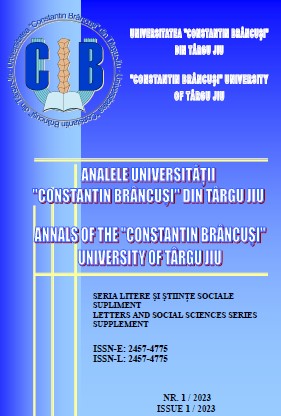ROMANIA BETWEEN 1923 AND 1938. CONSTITUTIONAL ORDER AND POLITICAL LIFE
ROMANIA BETWEEN 1923 AND 1938. CONSTITUTIONAL ORDER AND POLITICAL LIFE
Author(s): Iulian PînișoarăSubject(s): Constitutional Law, Political history, Social history, Government/Political systems, Nationalism Studies, Socio-Economic Research
Published by: Editura Academica Brancusi
Keywords: Democracy; Nationalism; Constitution; Dictatorship; Carol I; Elections;
Summary/Abstract: At the end of the first world war, Europe was becoming increasingly optimistic about the establishment of an era of prosperity and democracy. The treaties that would seal the end of the world conflict seemed to have offered the most viable solutions regarding the borders established on this occasion. However, the optimist has a big flaw. It is based on the idea that good will finally triumph in the eternal battle against evil, and it only takes into account the positive aspects, ignoring the negative ones or hoping, without any cover, that they will not produce effects. It was believed then that Europe would enter a new era, in which democracy would spread to all parts of Europe. No great value was placed on the economic, social, political and demographic disaster. Economic problems led to the amplification of social tensions. These, in turn, determined the amplification of extremist tendencies, both left and right. The accession to power of some extremist parties led to the emergence of institutional disasters that few could have anticipated.
Journal: Analele Universitatii „Constantin Brancusi” din Targu Jiu – Seria Litere si Stiinte Sociale
- Issue Year: 2023
- Issue No: 01 Supp
- Page Range: 133-141
- Page Count: 9
- Language: Romanian

